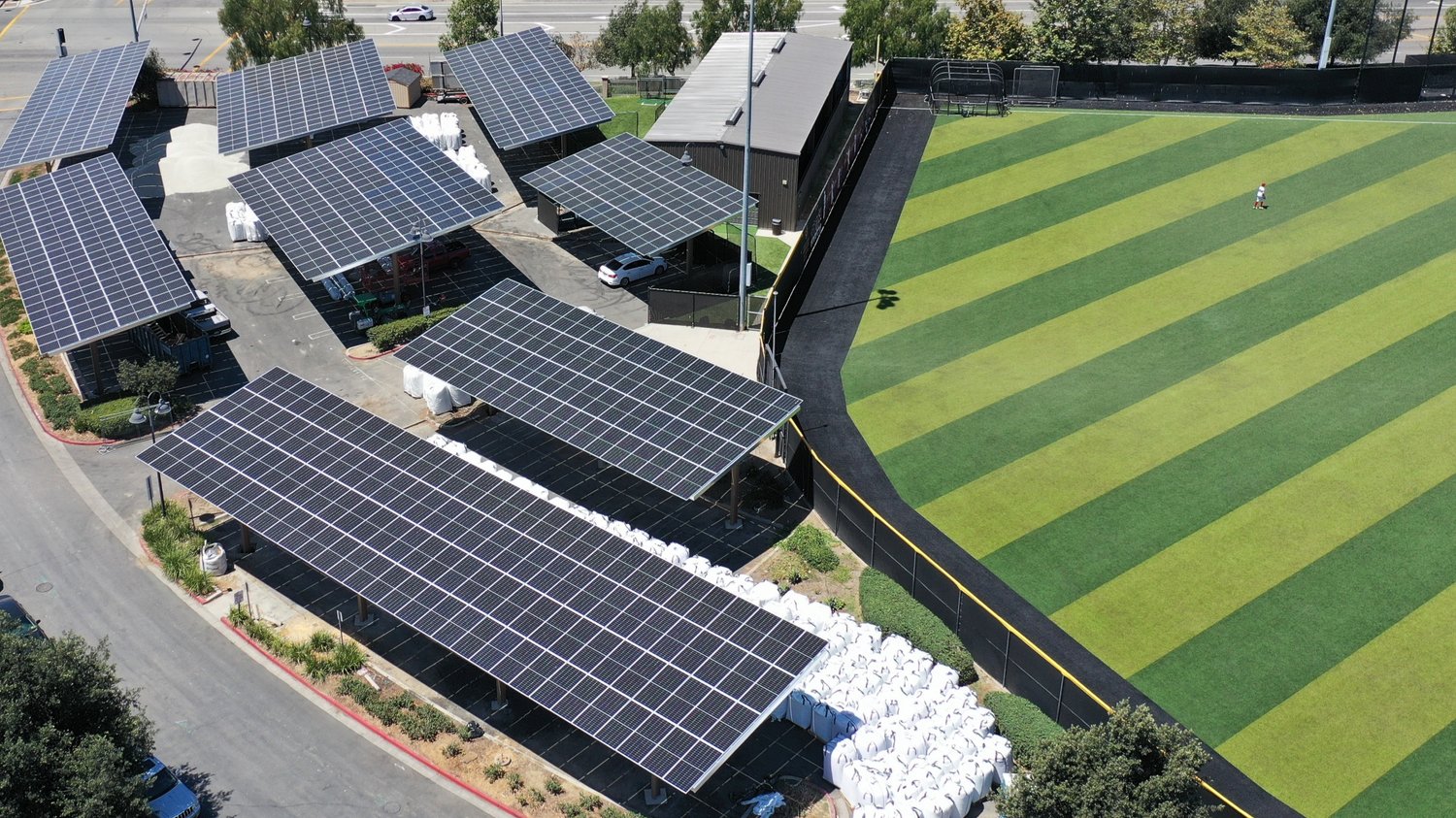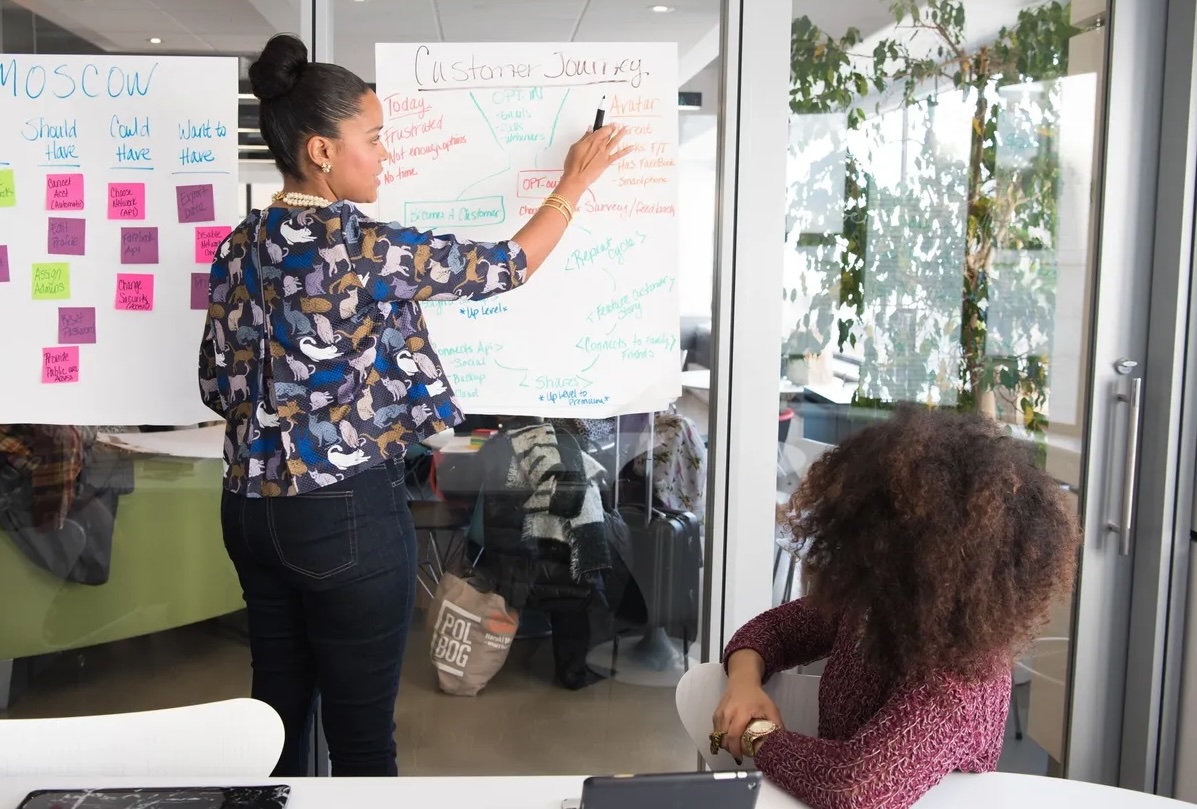ImpactAlpha, Aug. 24 – From firefighting resources to land use planning to water rights to electric grid maintenance to community finance, this month’s fires in Maui have exposed decades of extraction and mismanagement – and opened a brief moment of possibility for investing in renewal and resilience.
As Hawaiian officials continue to process the damage and death toll, attention has turned to the conditions that enabled the fires to cause such destruction – and how best to build back.
“Seeing these wildfires ravage my beautiful home state has been heartbreaking,” Dawn Lippert, founder of the Honolulu-based climate tech investor Elemental Excelerator, told ImpactAlpha.
“As we look to the future, we must pivot from resilience planning to resilience deployment.”
Despite its lush climate and abundant resources, Maui imports some 90% of its food and energy. Many of the sugar cane and pineapple plantations that once covered the island have been overgrown with invasive species that provided fuel for the fires.
Lippert says climate-friendly solutions – local food, renewable energy, resilient microgrids and clean water systems – can help families thrive in the face of climate disasters.
More than half of the companies in Elemental’s portfolio deploy their solutions in frontline communities, she says. “Communities are the heartbeat of resilience. Our collective knowledge, traditions and care for each other are the most vital components of any effective response to climate change.”
Blackstone’s responsibility
Private equity giant Blackstone became the largest private employer in Maui, following its purchase of the Grand Wailea and Ritz Carlton hotels in 2018. The acquisitions made Blackstone properties some of the largest customers of Maui’s Department of Water Supply.
The Grand Wailea, a 40-acre resort with 9 pools, was the biggest water consumer on the island in 2020, slurping up 500,000 gallons a day.
Native Hawaiian groups had earlier raised concerns about Blacktone’s management of the Grand Wailea, including the hotel’s impact on the environment, management of resources and shoreline erosion.
That has raised expectations for Blackstone’s response to the fires. The investment firm told ImpactAlpha it is providing $1.5 million to relocation relief and assistance payments to employees of its real estate properties and the people of Maui.
That sum includes one-time payments to employees who lost their homes and a $500,000 donation to the Hawaii Community Foundation and the Maui Food Bank. It’s also in addition to housing hundreds of displaced individuals in its Ritz Maui hotel, 1,750 meals per day and a fundraising concert sponsorship.
“We hope this support, coupled with our teams working tirelessly to provide shelter, food and other donations, will help ease the burden of residents and employees at our properties, and all those who call Maui home,” said Kathleen McCarthy of Blackstone Real Estate. Blackstone also manages at least $30.5 million in Hawaii pension fund monies.
Blackstone’s donation is dwarfed by the high-profile pledge of Jeff Bezos and Lauren Sánchez, who said they’re creating a $100 million Maui fund. Donations and pledges have trickled in from other billionaires and celebrities with homes on Maui, including Oprah Winfrey, Mark Zuckerberg and Priscilla Chan and software veteran David Duffield.
Community finance
Long-term investments in community finance infrastructure could have a bigger impact than one-time charitable gifts on issues like housing and small business recovery, especially for the island’s Native and marginalized groups.
Oweesta Corp, which serves Native community development finance organizations, committed $750,000 in grants to three Native-led organizations in Hawaii. That follows a $4 million low-interest loan Oweesta provided to The Council for Native Hawaiian Advancement, a network of Hawaiian Native-led nonprofits, in January.
The Council will leverage up to $3 million of the loan capital for affordable home construction and use the other $1 million for loans to women-owned businesses.
Oweesta’s Native Hawaiian partners will be able to reach marginalized communities “through what is going to be years of repositioning, rebuilding and individuals having to build their lives up from essentially nothing,” Oweesta’s Chrystel Cornelius said on this week’s ImpactAlpha Call.
The Council for Native Hawaiian Advancement has been a channel for building local community finance infrastructure. Kresge Foundation in 2018 committed a $500,000 loan to a small CDFI operated by the Council.
“The more I learned, the more I was struck by the little investment in CDFIs in Hawaii,” writes Kresge’s Joe Evans. “It seemed to me that the CDFIs could, at the very least, capture more regular awards from the CDFI Fund.”
To build the ecosystem, Kresge helped convene half a dozen Hawaiian CDFIs, including three that explicitly served Native Hawaiians. With better communication and streamlined applications, the group has pulled down $4.9 million from the CDFI Fund in the first two years; four of the CDIFs have taken loans from new investors.
Water rights
If the present is focused on fire, the Maui’s future is likely to be fought over water.
Grassroots activists are worried that as the attention of local Hawaiians is concentrated on survival, plantations, real estate developers, and luxury resorts will renew efforts to snatch away water rights from Native Hawaiians, many of whom depend on dwindling sources of water for subsistence farming.
Overuse to services tourists and other non-Native Hawaiians has taken a toll on the region’s water reserves.
After a series of recent water rights wins for the local communities, officials, including Hawaii’s governor Josh Green, have been quick to blame the fight for water protections for the state’s inability to curtain the fires.
“It’s important we start being honest,” said Green. “There are currently people still fighting in our state [about] giving us water access to fight and prepare for fires even as more storms arise.”
Native leaders are pushing back. If “water was allowed to flow, where it was allowed to be created and continued to feed and nurture everyone it should, this wouldn’t have happened,” Hawaii’s poet laureate, Brandy Nālani McDougall, told NPR.
Risk mitigation
Maui’s fires, along with those in Canada, Greece and other regions, are “a call to action” to step up sustainable land and forest management, Michael Ackerman of Ecoforests Asset Management told ImpactAlpha.
Managed forests face less than 1% loss from fires, says Ackerman, pointing to research from the Timber Resource Group. In Maui’s case, it was overgrown non-native grasslands that provided fuel for the fires, a risk wildfire experts had warned about for years.
“If you have a vast area of grasslands and you have satellite imagery that says the area is overheated, then you can send a team to do a fire break of the grasslands and control it before it spreads to a neighboring city or community,” says Ackerman.
At roughly $3.2 million annually, Hawaii’s budget for fighting wildfires is less than most states. Hawaiian lawmakers last year struck down a bill that would have provided an additional $1.5 million to fund firebreaks, livestock grazing and water infrastructure for firefighting.
Investing in grid resilience
Fitch this week downgraded Hawaiian Electric’s credit rating to junk status on fears of the utility’s potential exposure to Maui wildfire-related liabilities. The utility faces lawsuits amid accusations that its downed power lines triggered the fires.
In 2019, Pacific Gas & Electric ended up filing for bankruptcy when facing more than $30 billion in liabilities from wildfires. Similarly, in Texas, Brazos Electric Cooperative and other power companies filed for bankruptcy following 2021’s deadly winter storms.
After Hawaiian lawmakers mandated a shift to 100% renewable energy by 2045, Hawaiian Electric set about increasing the solar and wind power into its coal and oil-reliant energy mix. Some conservatives now are blaming that investment for the utility’s problems.
“Every dollar the utility spent on subsidizing solar and connecting renewables to the grid was one less dollar available for strengthening equipment and removing combustible brush,” wrote The Wall Street Journal’s editorial page.
Experts disagree. For utilities, the heightened risk of financial disaster raises the urgency of increased capital investment, University of Texas at Austin grid expert Joshua Rhodes told Axios. “Our grid was built for the climate of the last century, but we’re in a different one now.”
ImpactAlpha’s Amy Cortese contributed reporting.











